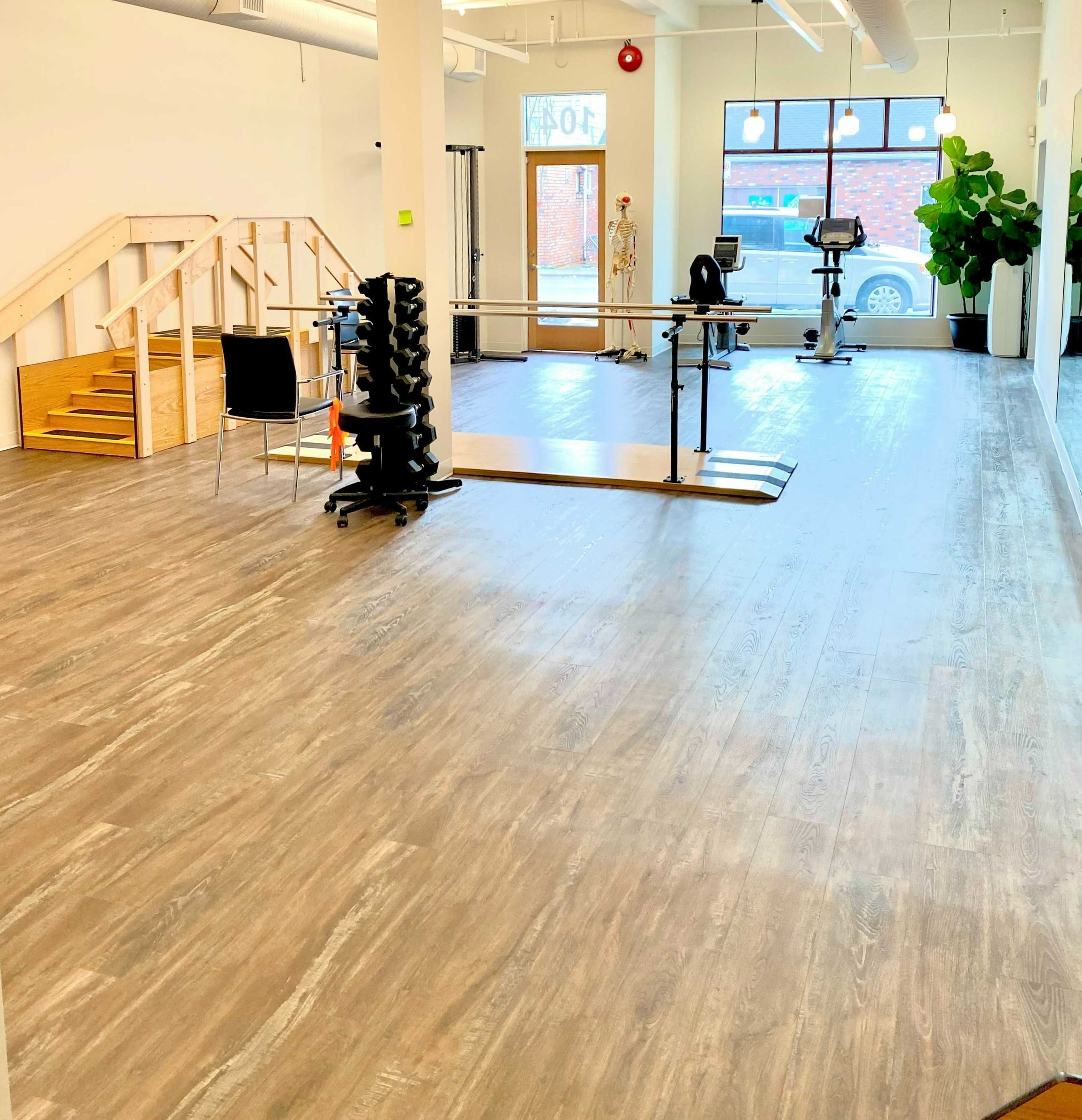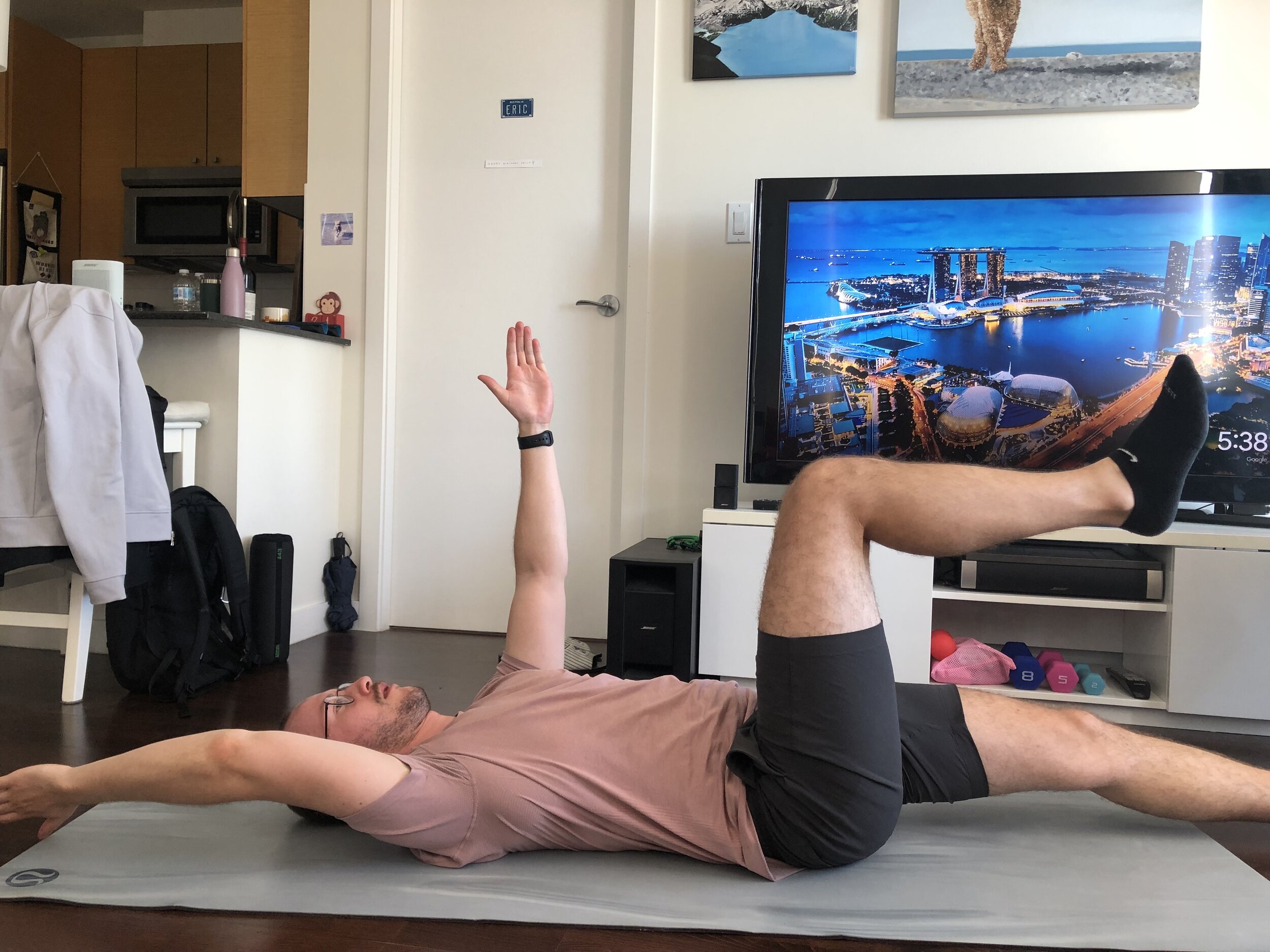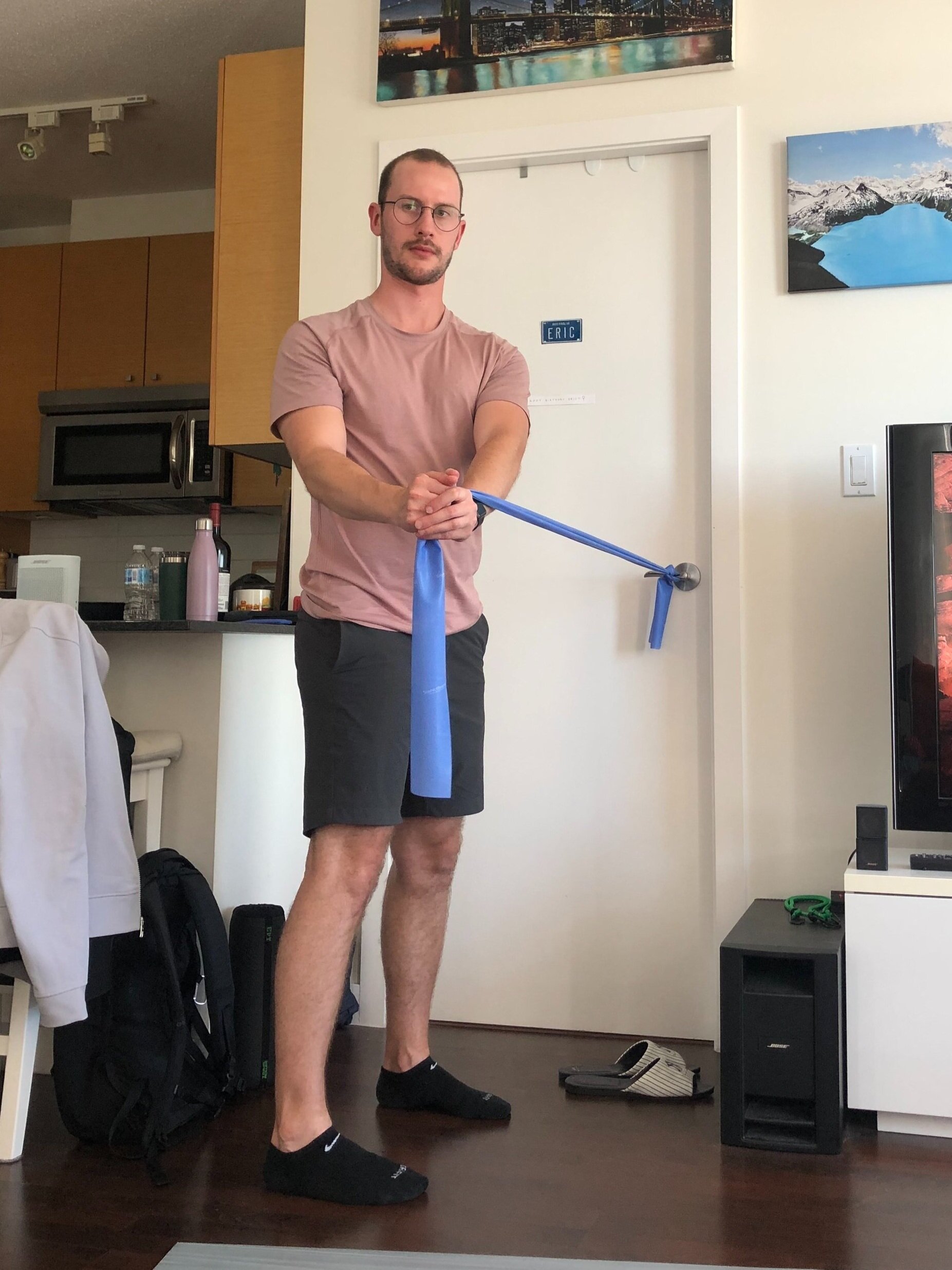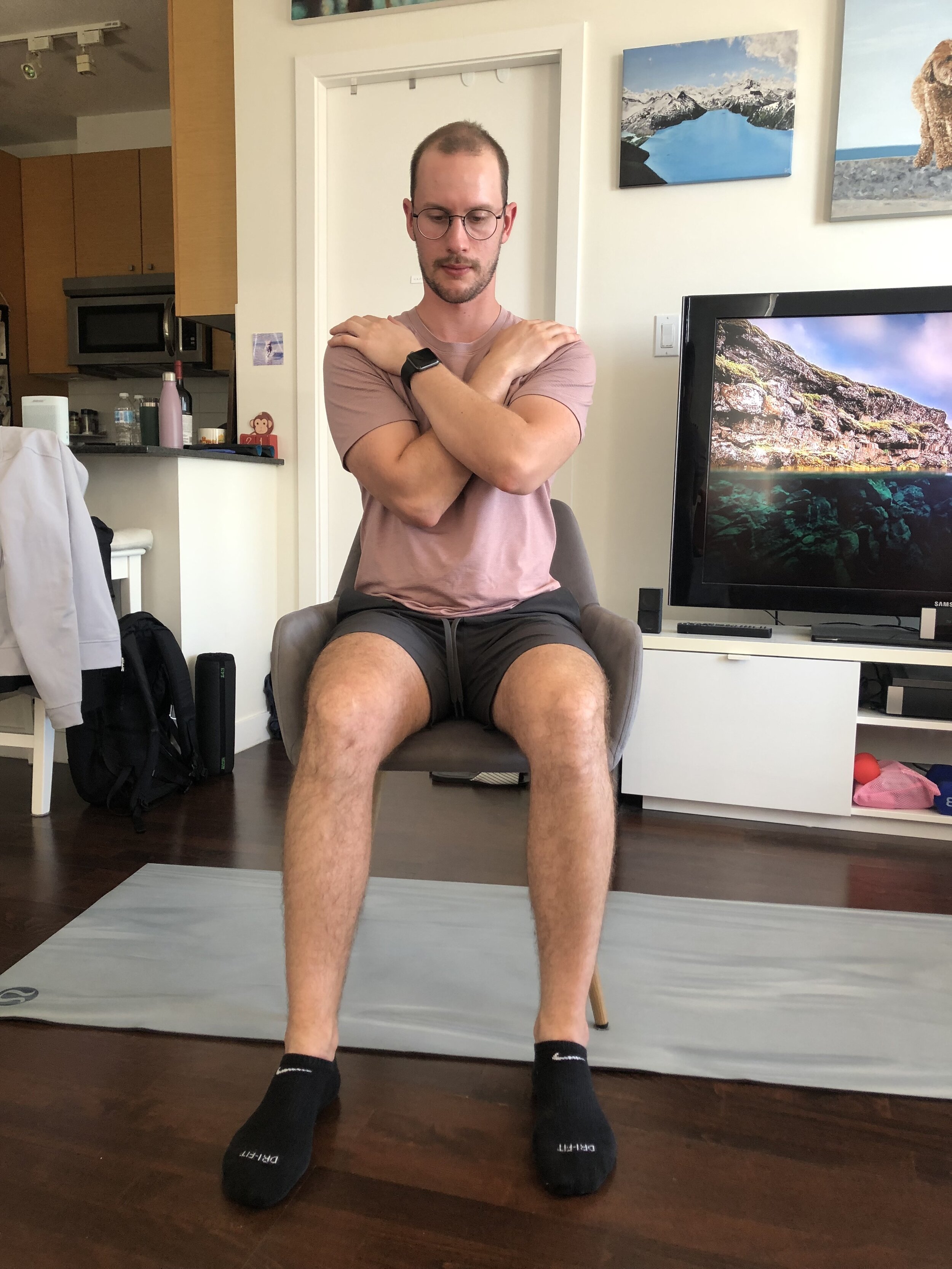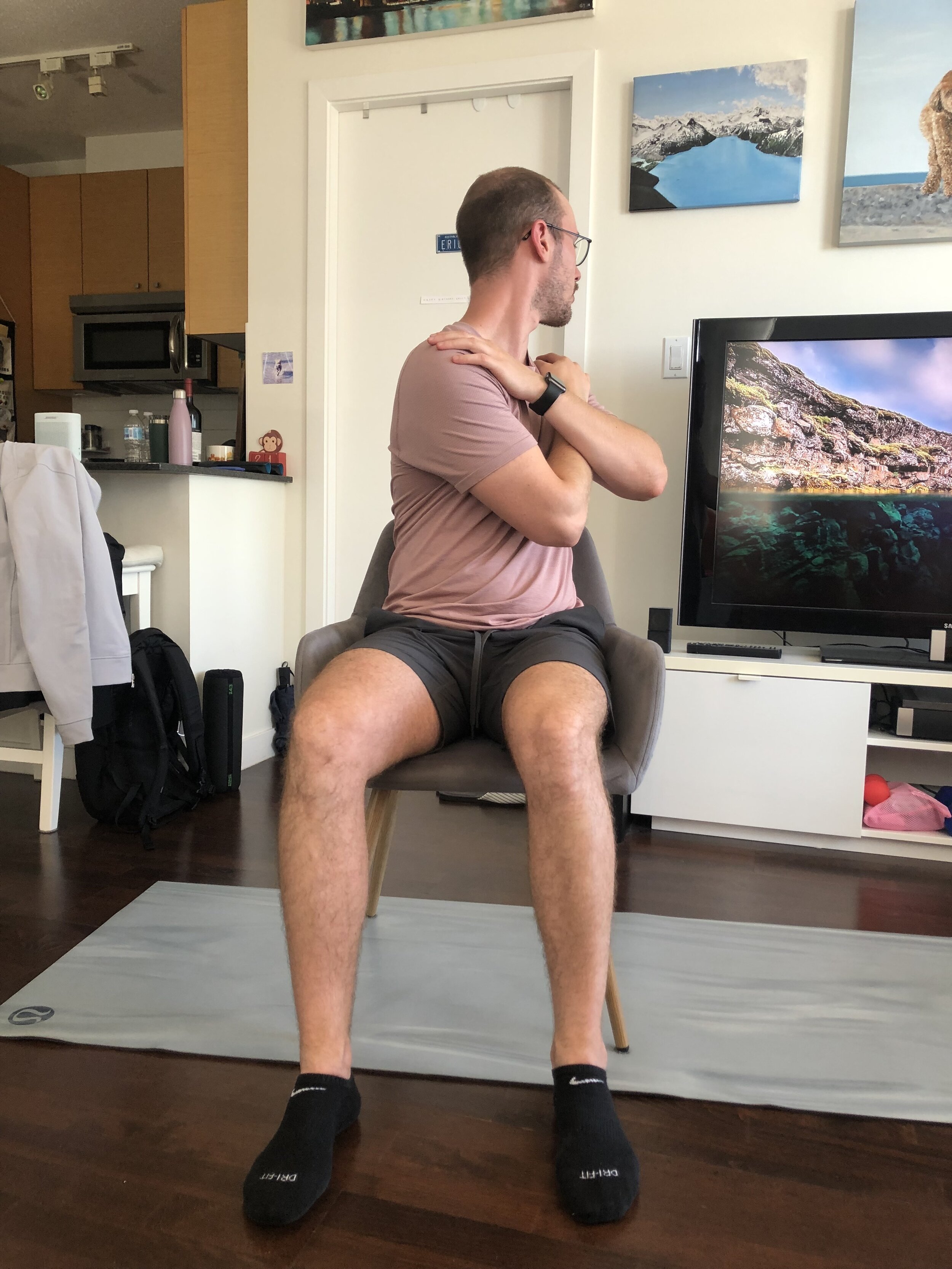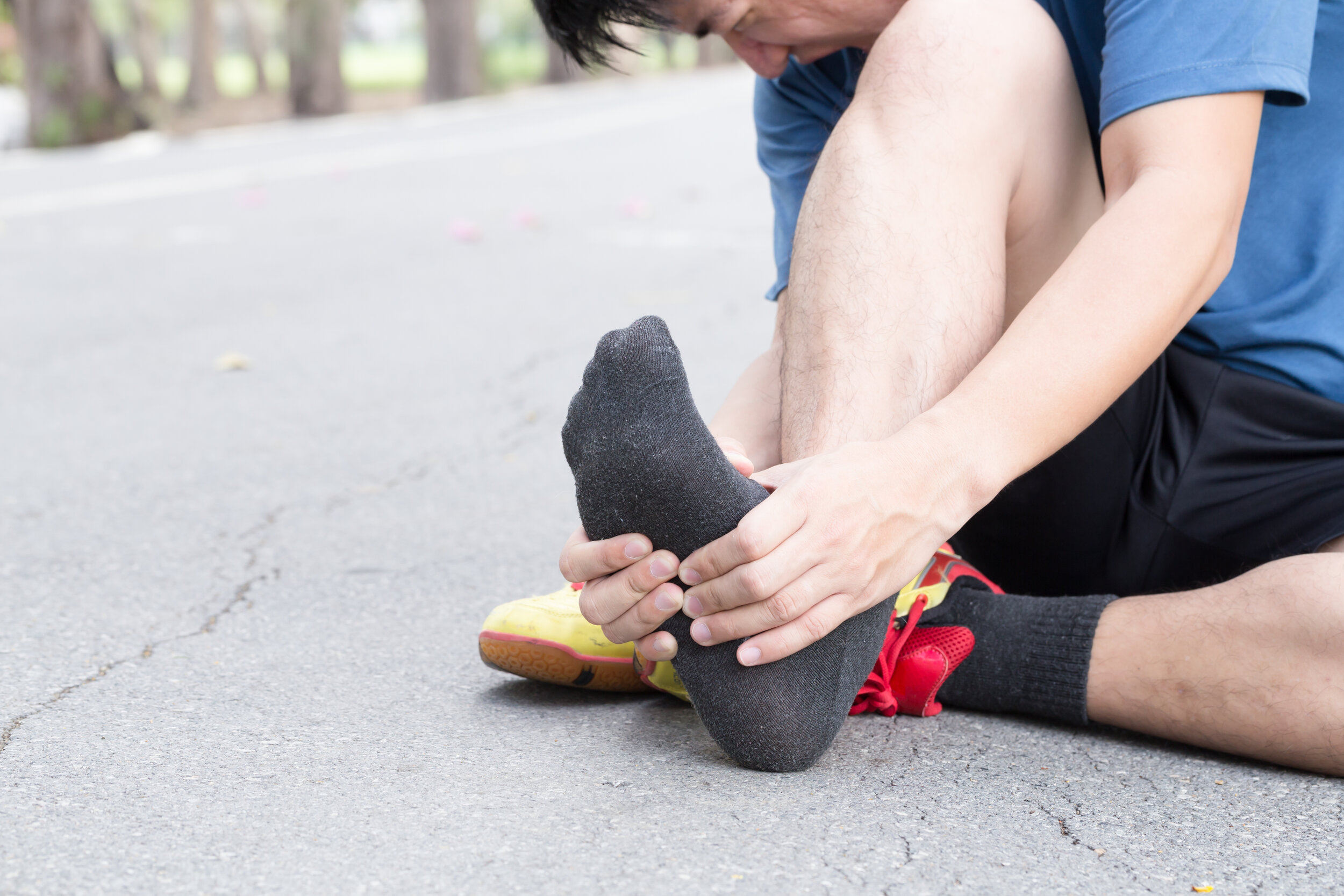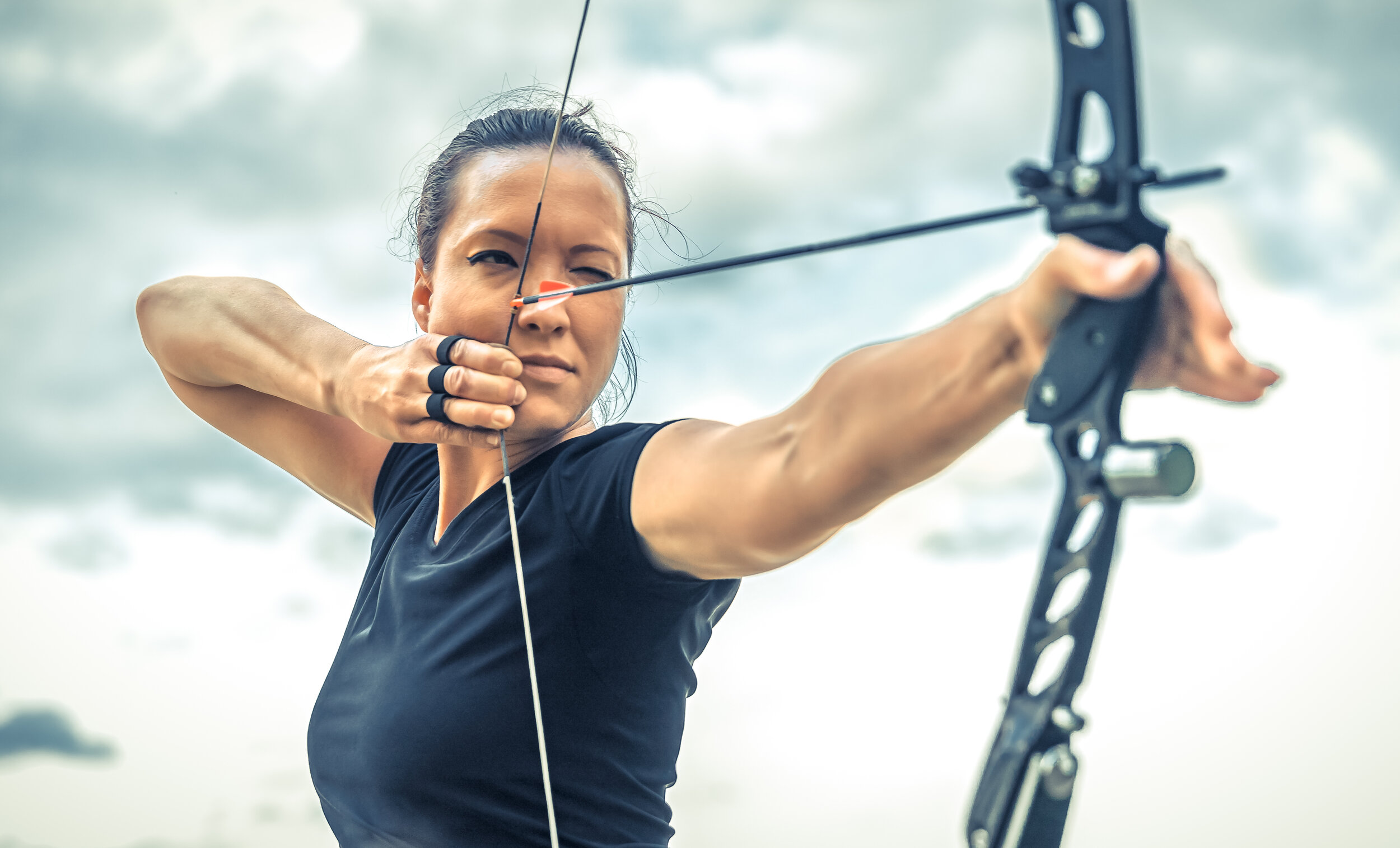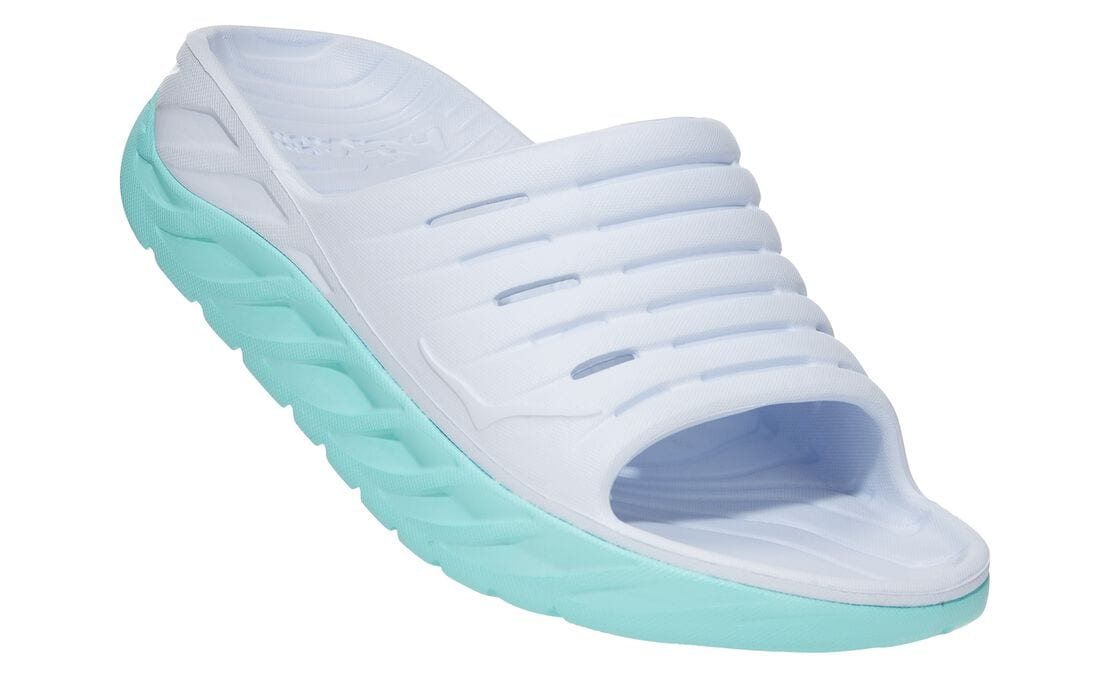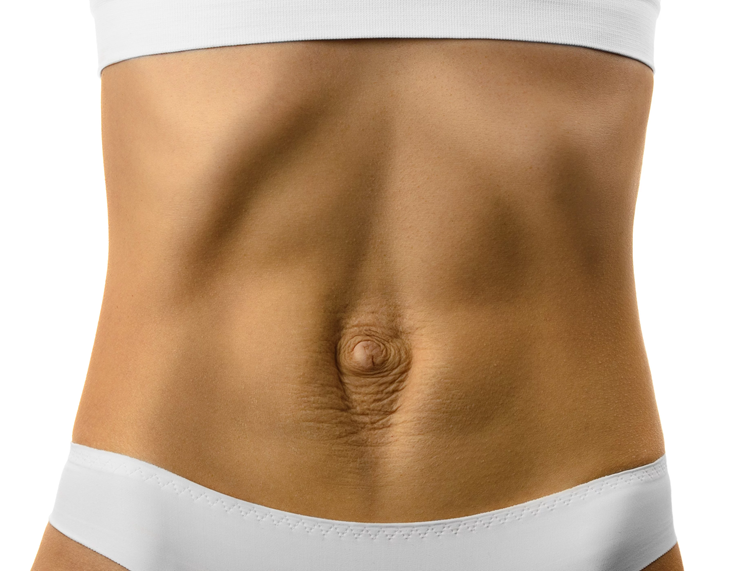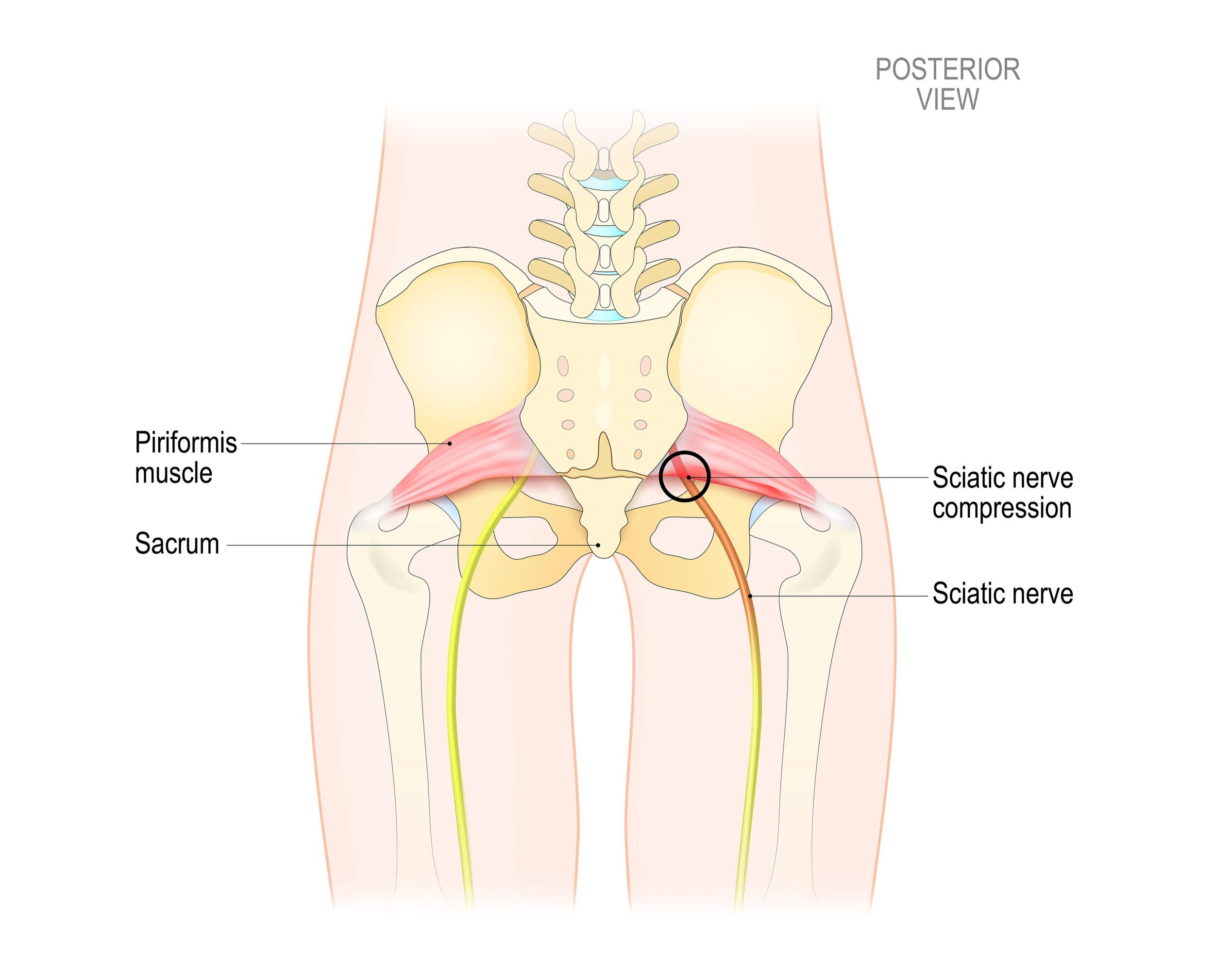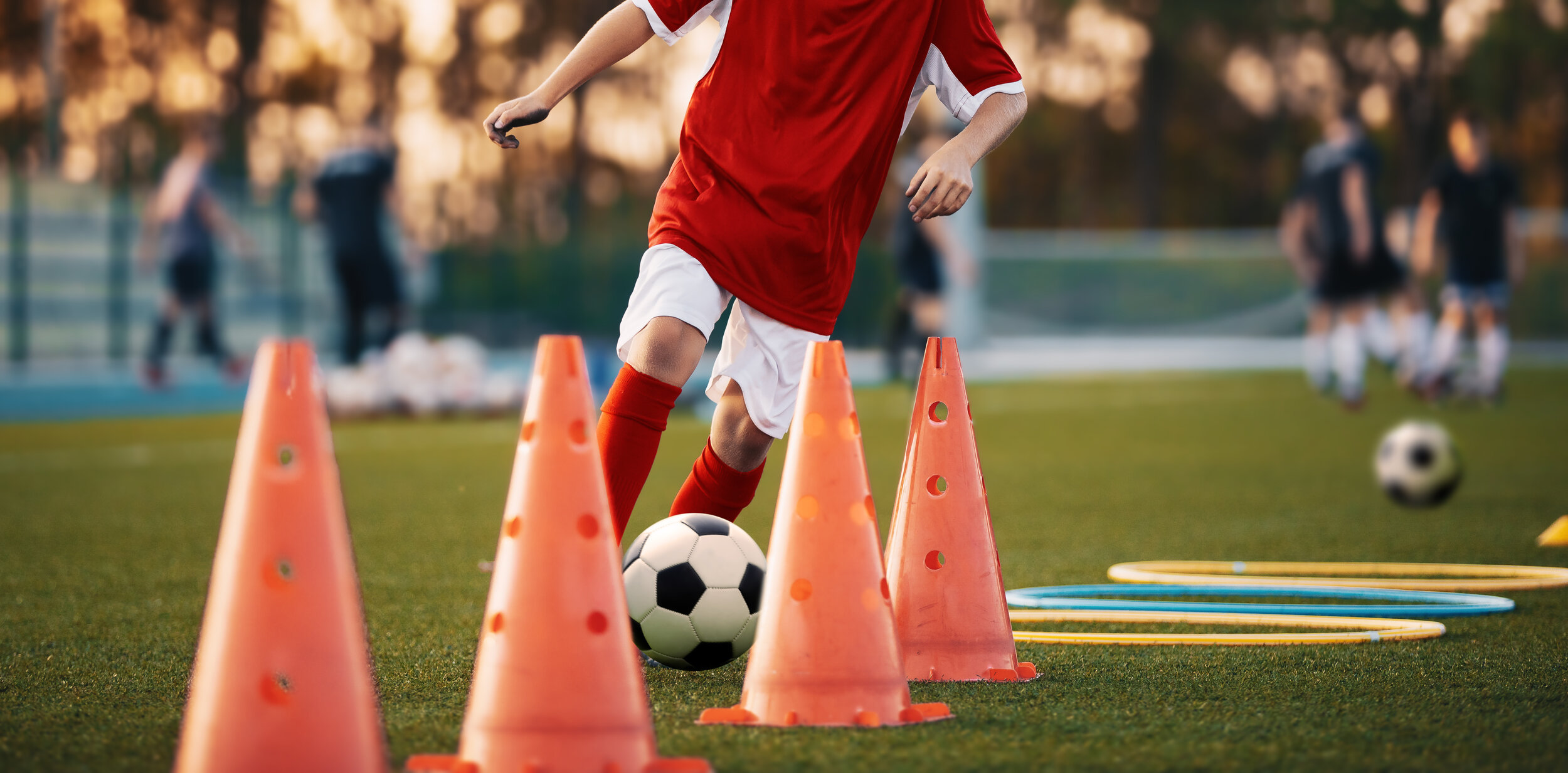Kinesiology, also known as human kinetics, is the study of human movement, performance, and function. Kinesiologists work with people of all ages and physical abilities to help them achieve their health and wellness goals as well as improve their quality of life.
A kinesiologist (kin for short) uses knowledge of anatomy, physiology, neurology and biomechanics to maximize the effectiveness of exercise rehabilitation. A kinesiologist can implement your exercise program, provide support in your rehab, and help improve physical performance in sport, work or daily life.
In more simple terms, kinesiologists are exercise rehab rock stars!
Kins use exercise to get you back to the things you love. They will discuss your goals and current treatment plan with you and your physiotherapist (if you have a physio) and help develop an exercise program to meet your needs. They work with you for one-on-one exercise sessions to ensure your technique is perfect while they help progress you through your recovery process. Strength, endurance, balance, and general fitness goals will all be addressed - there will be no stone left unturned!
What kind of training does a kinesiologist have?
Kinesiologists have completed a 4 year bachelors degree from an accredited university. Both UBC and SFU have fabulous programs! Our kinesiologists are also active members of the British Columbia Association of Kinesiologists (BCAK).
Is a kinesiologist like a personal trainer?
The primary difference between kinesiologists and personal trainers is education level. Kinesiology requires a four year university degree whereas personal training education is generally a few weekend courses. The increased scientific knowledge base and use of evidence-based research translates to a higher quality of care, a more comprehensive approach to your exercise, and more capability of helping you troubleshoot issues that may arise.
What can a kinesiologist do for me?
There are many reasons people can find kinesiologists valuable. Kins can:
Create an exercise plan that is safe and realistic
Identify muscle imbalances through assessment of your movement
Help with maintaining fitness while you deal with an injury
Develop an exercise rehab program to address an injury
Ensure proper exercise technique to avoid unnecessary injury
Provide motivation and accountability to stick with your exercise program
Help you have fun while achieving the results you want!
Is kinesiology covered by my extended health benefits?
Usually yes! For most people kinesiology, active rehab, and physiotherapy assistant appointments (which are, for this purpose, mostly interchangeable terms) are included within your physiotherapy coverage. Some plans have separate categories for “Physiotherapy” and “Kinesiology”. It is always best to first check with your insurance provider to confirm your coverage.
Do I have coverage if I was in a car accident?
Yes! With ICBC coverage, within the first 12 weeks of a car accident you are automatically approved for:
12 visits with a kinesiologist
25 visits with a physiotherapist
12 visits with a registered massage therapist
If your accident was more than 12 weeks ago or you have had treatment for your accident at another clinic, please let our front desk know so we can help you sort out the logistics.
Do I have coverage if I have a WorksafeBC claim?
Yes! Our kinesiologists works closely with our physiotherapists to aid in the delivery of your recovery program.
What will my session look like?
Your first visit with your kinesiologist will be an hour long. Your kinesiologist will meet you and begin the session with a quick chat. They will ask you about your reasons for coming in, your goals and your current exercise program. They will then take some time to assess your movement, strength and capabilities before taking you through an appropriate exercise program.
The kinesiologist is in constant collaboration with your physiotherapist to ensure your exercise sessions are as effective and pleasant as possible. Follow up sessions can be 30 minutes, 45 minutes, or 60 minutes long. If you are a WSBC or ICBC client your appointments will always be 45 minutes.
If you want to learn more or you would like to book a session with a kinesiologist please contact the clinic via:
phone at 778-227-8030
email at clinic@ladnervillagephysio.com
We look forward to meeting you!






